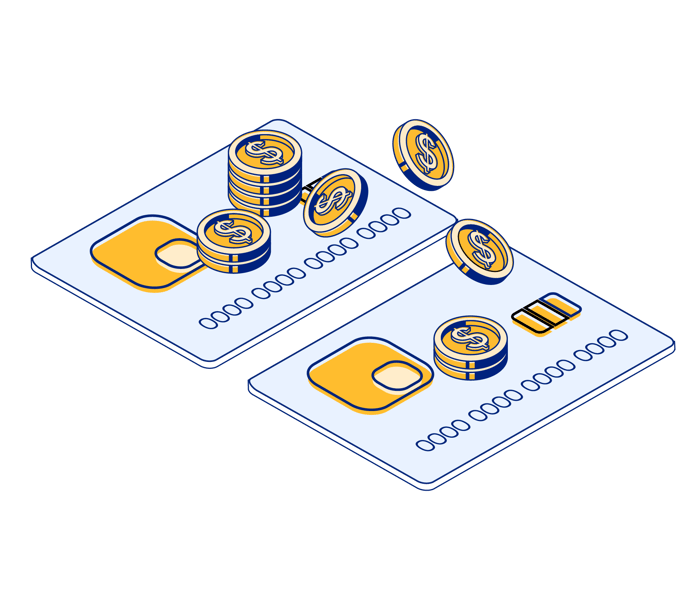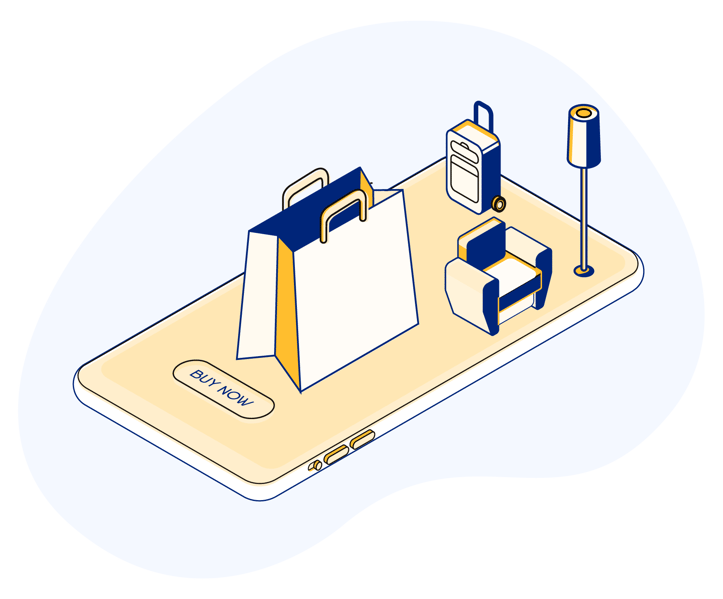Inside the Wallets of Working Americans
Trickle-down effects:
High-cost debt

Credit cards
At 23.55%, the average credit card interest rate today is the highest it's been since sites like LendingTree began tracking rates monthly in 2019.
Of those who regularly use credit cards, 62% carry a balance month-to-month. For most of these “revolvers”, that balance is over $1,000.
Many people are using their credit cards to finance large purchases. Of those who applied for a new line of credit in the past year, 28% of them did so to pay for a large purchase or expense.
Payday loans
Payday loan usage continues to grow as employees require access to credit and don't know where to turn. And increasingly, they're able to get those loans online vs. needing to go to a storefront. According to the New York Times, the average payday loan borrower ends up paying $520 in fees to borrow the initial $375, and stays indebted for five months.
22% of employees have taken out a payday loan in the last 12 months (vs. 15% last year)
This goes up to 35% of those under the age of 35
Of those who knew their payday loan interest rate, 46% paid over 100% APR
30% of those between 35-44 have taken out a payday loan in the last 12 months (vs. 23% last year)
Almost half of borrowers who have taken out an online payday loan had the lender overdraw their bank account

Buy-Now, Pay-Later
Buy-Now, Pay-Later (BNPL) products continue to grow in popularity as a way to finance purchases online and pay little to no interest. 38% of surveyed workers under the age of 40 have used BNPL in the past year (vs. 20% of those aged 41-56 and 12% of those aged 57-65).
Repayments may not be reported to credit bureaus, in which case, on-time payments won’t help improve the consumer’s credit score, and if they miss a payment, some products charge late fees. According to our survey, 37% of those who used a BNPL product missed a payment.
The CFPB have said that “Black, Hispanic, and female consumers are more likely than average to use Buy Now, Pay Later products, along with consumers with income between $20,001-$50,000”.
